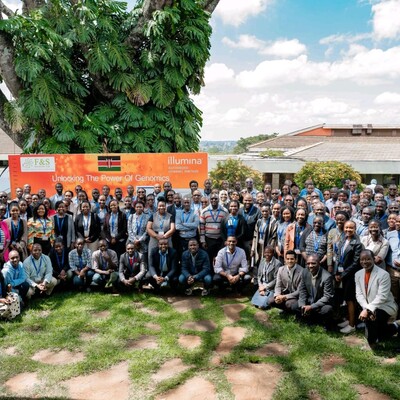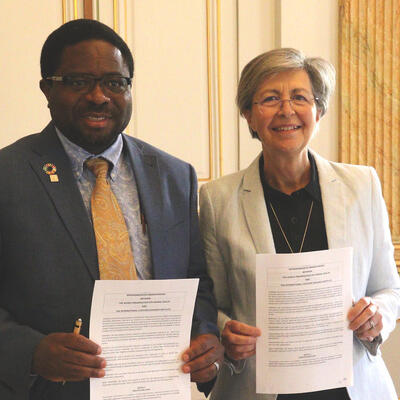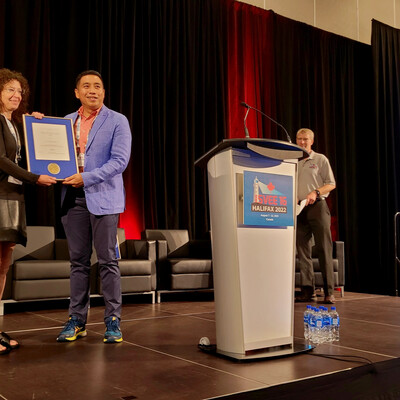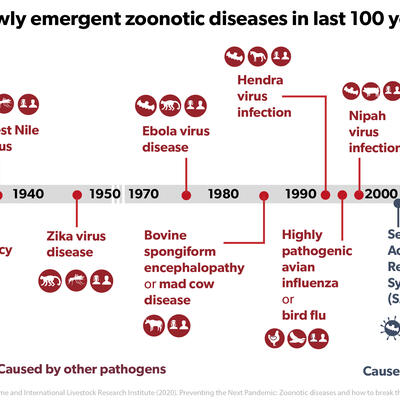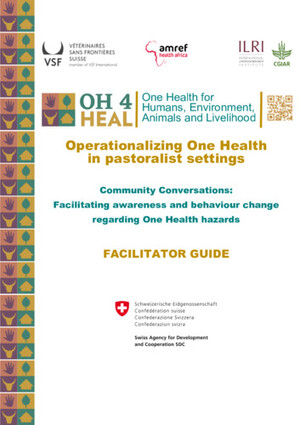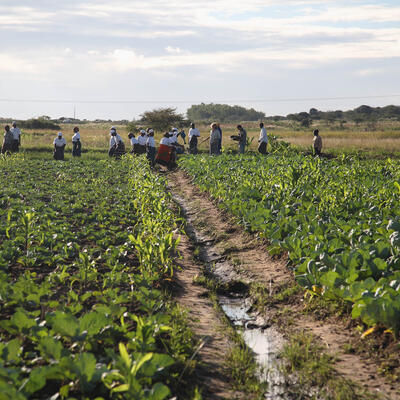
Health, environmental change and adaptive capacity; mapping, examining and anticipating future risks of water-related vector-borne diseases in eastern Africa (HEALTHY FUTURES)
This project aims to improve the ability to predict and to communicate the extent and severity of future outbreaks of water-related, vector-borne diseases under different environmental change scenarios. It focuses on malaria, Rift Valley fever and schistosomiasis in eastern Africa.
Outbreaks of water-related, vector-borne diseases have complex relationships with environmental conditions. As environmental conditions change, such as through climate and land use changes, then the incidence of disease outbreaks is likely to change. Although all those living in areas where conditions become conducive to disease outbreaks are vulnerable, generally the most marginalised members of society are at greatest risk.
This project aims to minimize these risks by improving our ability to predict and to communicate the extent and severity of future outbreaks under different environmental change scenarios. The project focuses on three water-related, high-impact vector-borne diseases (malaria, Rift Valley fever and schistosomiasis) in eastern Africa. It takes into account environmental/climatic trends and changes in socio-economic conditions to predict future risk to these diseases. The project includes work packages on climate and disease modelling, vulnerability mapping and decision support.
Research questions
- What are the environmental factors determining distribution and activity of the relevant vectors and pathogens in eastern Africa?
- To what extent are outbreaks in the three target vector-borne diseases also a reflection of socio-economic conditions, including migration, form of settlement and conflict?
- To what extent have these influencing factors varied in the documented past and what have been the disease impacts of these variations?
- To what extent does the actual distribution of transmission and outbreak of the three target diseases match the potential distribution, and what factors appear to determine the difference?
- How are the transmission and outbreak of the three target diseases likely to vary according to internationally accepted scenarios of environmental conditions?
- How is the spatial interaction of the risk of disease transmission and outbreaks amongst highly heterogeneous socio-economic conditions, cultures and communities likely to influence vulnerability to disease impacts?
- What are the main barriers restricting the abilities of health and veterinary services to respond to warnings of heightened risk of a disease outbreak, and how might these barriers be best overcome?
- What are the implications for other parts of Africa and for Europe of predicted changes in the distribution and emergence of the three target vector-borne diseases in the study area?
The HEALTHY FUTURES consortium consists of 15 partner institutions, eight of which are based in Africa and seven in Europe. Trinity College Dublin is the lead institution.







